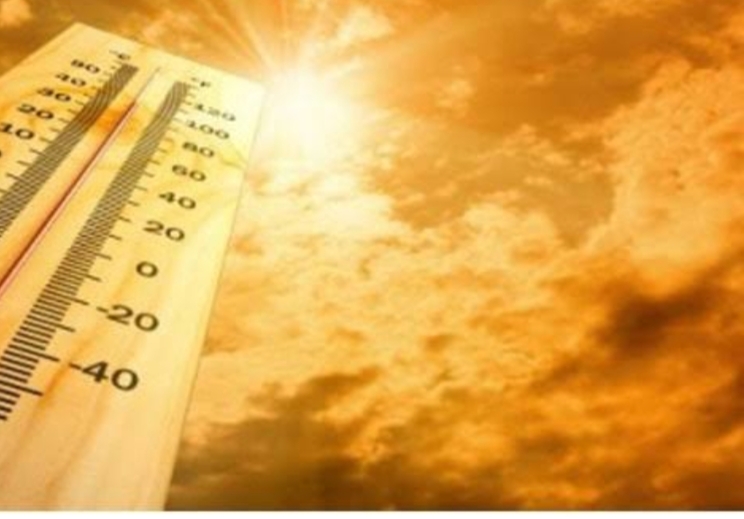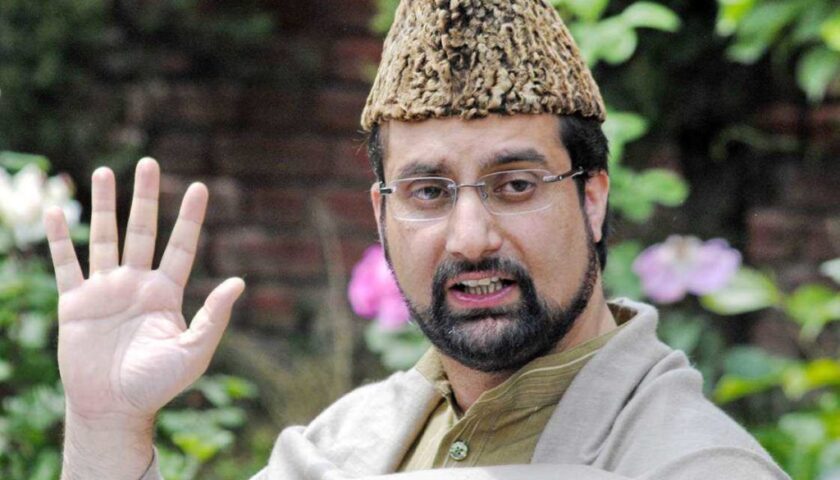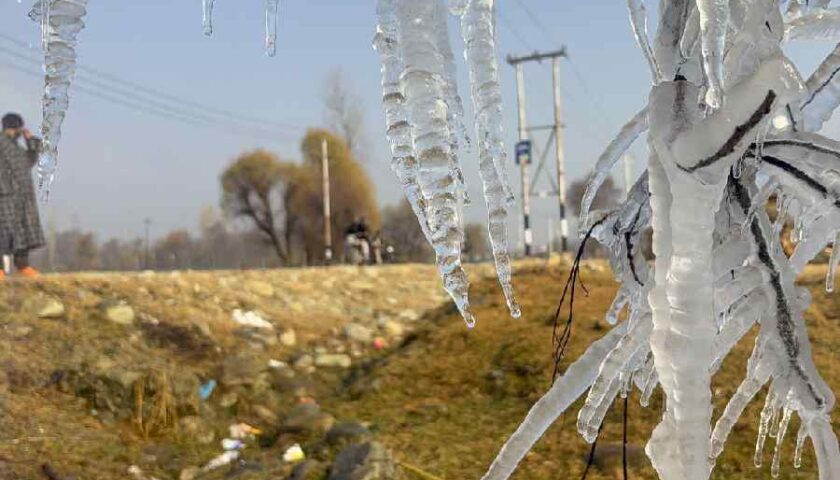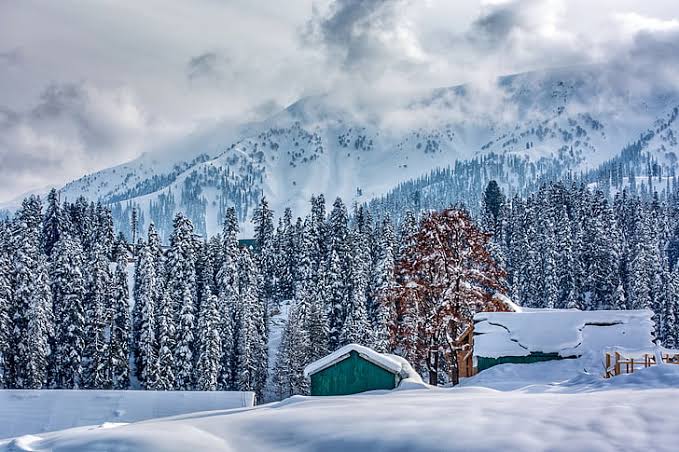Kashmir No Longer the Cool Escape
By: Javid Amin | Srinagar | 28 June 2025
Kashmir, often idealized as a summer retreat blessed with cool mountain breezes and lush green valleys, is facing an identity crisis. The once-temperate climate of the Valley is vanishing, giving way to intense heatwaves, erratic rainfall, and prolonged dry spells. What was once considered a summer paradise is now an epicenter of environmental discomfort and infrastructural stress.
In the past few weeks, residents across Srinagar, Anantnag, Pulwama, Shopian, and other districts have been battling soaring temperatures accompanied by frustratingly frequent and unscheduled power cuts. Even areas equipped with smart metering systems are not being spared, leading to growing public outrage and despair.
From Cool Summers to Sizzling Streets: The Meteorological Shift
The summer of 2025 has shattered old perceptions. Srinagar recorded a blistering 32.3°C, well above the average for this time of year. While this temperature may not seem extreme compared to plains cities in northern India, it’s abnormal for Kashmir and signals a worrying change in local climate behavior.
The Meteorological Department has confirmed that no major wet spell is expected in the coming week, offering only light to moderate showers at isolated locations. From July 1st to 2nd, forecasts suggest intermittent rain and thundershowers, but certainly nothing adequate to cool down a Valley baking under environmental stress.
Public Health and Lifestyle Under Pressure
With heatwaves becoming more frequent, urban heat stress is emerging as a serious concern. In a region where homes are traditionally designed to retain warmth for long winters, the lack of heat-adaptive architecture is turning indoors into virtual ovens.
Residents are increasingly sleeping outdoors, taking shelter in gardens, parks, or community spaces just to find some relief. Elderly citizens and children are particularly vulnerable. Healthcare professionals are reporting more cases of heat stroke, dehydration, and respiratory discomfort.
“We used to escape to Kashmir for relief,” said one tourist from Delhi, “now we’re escaping from it.”
The Power Paradox: Energy Demand vs Infrastructure
The situation is compounded by the ongoing power crisis. The Kashmir Power Distribution Corporation Limited (KPDCL) claims it is supplying over 2800 MW across Jammu & Kashmir, but ground reality suggests otherwise.
Frequent voltage drops and load-shedding have left residents unable to use basic appliances such as fans, refrigerators, and even water purifiers. Smart metered areas are particularly upset, as they were promised more reliable electricity but now face routine breakdowns without compensation or justification.
Residents express frustration:
“We were promised light, but all we got was heat and darkness.”
This is the first time that Kashmiris are demanding uninterrupted power supply during summer, a shift from the traditional winter-based electricity demands.
Climate Change: A Silent Villain
The current crisis cannot be separated from the broader issue of climate change. The Himalayan region, including Kashmir, is warming faster than the national average. This shift has led to erratic snowmelt, reduced rainfall, shrinking glaciers, and increased forest fires.
More than just weather, this heatwave reflects a deeper ecological disruption:
- Rivers like the Jhelum are running dry.
- Lakes like Wular and Dal are shrinking.
- Traditional springs and streams are vanishing.
- Forests are losing resilience, making them prone to fires and diseases.
Climate scientists warn that without immediate action, the Valley could see a future marked by water scarcity, agricultural failures, and a public health crisis.
Impact on Agriculture and Economy
Farmers in South Kashmir are already feeling the effects. Paddy transplanting has been delayed, and apple orchards are showing signs of early stress. Crop yields are expected to dip if consistent irrigation isn’t ensured soon.
Tourism, another economic mainstay, is also at risk. With fewer tourists willing to brave the heat, hotels, shikaras, and local businesses are facing early-season losses.
Community Coping Mechanisms
In the face of adversity, communities are adapting in real time:
- Local mosques and community centers are distributing water and oral rehydration packets.
- Doctors and volunteers are conducting awareness drives about heat-related illnesses.
- WhatsApp and Telegram groups are being used to alert residents about peak heat hours and power outage schedules.
However, these grassroots efforts need institutional support to become truly effective.
What Authorities Must Do
Immediate Measures:
- Implement load forecasting and rationalize power supply.
- Deploy mobile water tankers to the most affected areas.
- Ensure emergency medical services are equipped to handle heat-related emergencies.
Long-Term Recommendations:
- Invest in green infrastructure like cool roofs, shaded bus stops, and climate-resilient buildings.
- Launch urban afforestation projects to improve ambient temperature.
- Introduce climate literacy programs in schools and colleges.
Final Word: A Wake-Up Call
This isn’t just a summer gone rogue. This is a wake-up call for Kashmir and all those who have long romanticized its natural beauty without recognizing its fragility. The Valley is changing—fast and dramatically.
And unless collective action is taken, Kashmir’s summers could soon be defined not by their beauty, but by their brutality.




